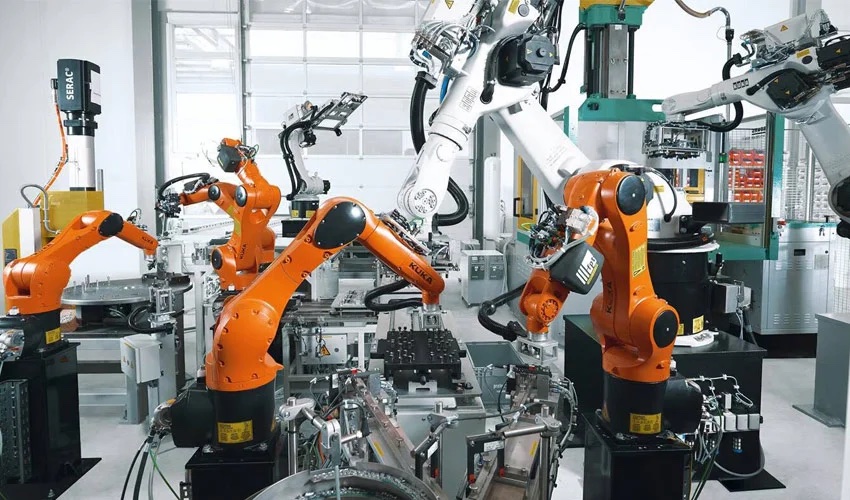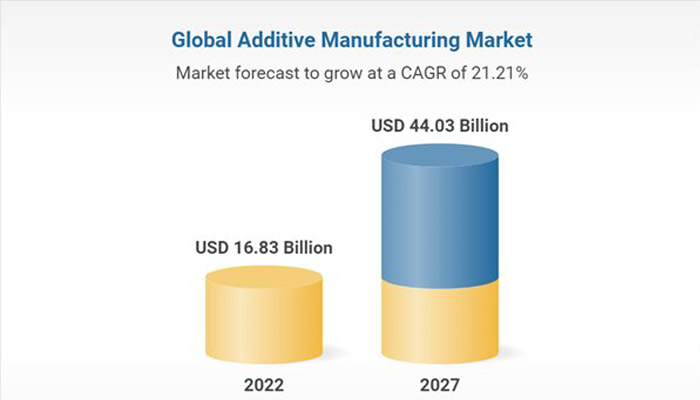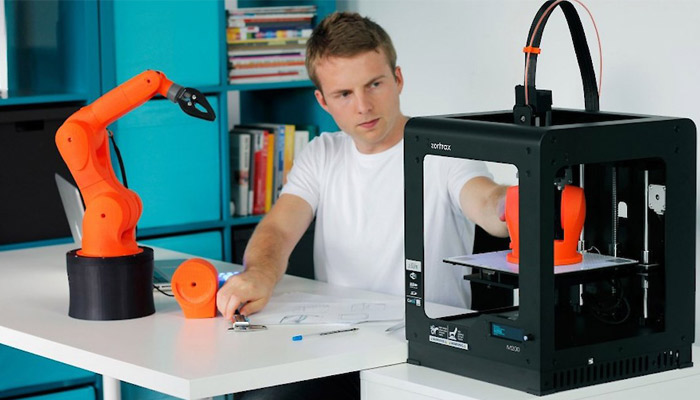What Can We Expect From the Additive Manufacturing Market Over the Next 5 Years?

Research and Markets began 2023 with the release of a study on the global additive manufacturing market. The firm estimates the industry will be worth $44.03 billion by 2027, up from $16.83 billion this year, representing an annual growth rate of 21% between 2021 and 2027. There’s no denying that the industry is growing and can achieve even higher results, especially if you look at the general manufacturing market as such – 3D printing really has a role to play. The report focuses on the drivers of growth, highlighting the increasingly important role of governments and public authorities. Notably looking at how they can drive technology adoption through dedicated subsidies and actions. It also highlights the trend towards miniaturization, discussing micro-printing.
The growth of the additive manufacturing market has been evident for some time, and we are convinced that the coming years will bring many surprises. However, it is not always clear what is driving the industry: machines, materials, applications, software? Which vertical is the most promising? The Research and Markets report gives some clues, analyzing the most sought-after type of 3D printers, the most popular materials, the applications, the components and finally the regions. In Europe, for example, Italy is expected to be the main growth driver over the next five years.

The growth of the additive manufacturing market (photo credits: Research and Markets)
Growth Drivers of the Additive Manufacturing Market
According to the Research and Markets study, the additive manufacturing market can be expected to reach more than $44 billion by 2027. This growth could be driven by an increase in the need for personalized medicine, where 3D technologies can be used to design custom tools and devices for patients; a strong resurgence of activity in the aerospace industry, compared to the disruptions caused by COVID-19; and last but not least, a strong (and increasing!) demand for lighter parts from the automotive sector. Here, the use of composite 3D printing could be particularly interesting. These three verticals are certainly not the only ones generating revenue for the market, but they remain the most important ones-to watch closely, consumer goods and electronics.
Finally, moving away from industry sectors, the report mentions the growing role of governments. Through funding, they can greatly facilitate the adoption of the technology and promote its benefits. This is already the case in many countries and would explain the growth of the market. In France, there is still plenty of room for improvement – in 2017, the government had set up the “Industry of the Future” loan to support companies’ investments in 3D printing; in 2021, it is encouraging 3D printing of spare parts to fight against waste. It’s easy enough to imagine how the health crisis has slowed down these initiatives, but it’s time to bring them back to life.
An Analysis of the Market by Segment
Turning now to the market structure itself, the study first looks at 3D printers, classifying them by type. It distinguishes between desktop machines and industrial solutions. In 2021, industrial 3D printers represented the largest market share, but it seems that desktop solutions will become increasingly important in the coming years. Indeed, it seems that individuals will invest more in 3D printers for personal use, directly at home. Universities, research centers and schools will also be increasing users. Though of course the second point seems to be most relevant; it seems that the adoption of 3D printing for personal use is decreasingly relevant, especially given the past few years where we have seen a market that is more and more consolidated, in search of productivity, automation and industrialization. A phenomenon to be followed closely.

A 3D printer at home, myth or reality (photo credits: Zortrax)
Moreover, if we now look at the materials segment, it would seem that this idea of industrialization is increasingly important. Indeed, the report suggests that the next five years will be boosted by the use of metals in additive manufacturing. Although there are more and more metallic filaments, one of the most used processes remains laser powder bed fusion, an industrial technology, which not only benefits from a significant amount of investment but also has a wide variety of uses. Research and Markets divides applications into three groups: prototyping, tooling and functional parts. Prototyping remains the most important segment when all processes, materials and verticals are combined.
Finally, we will conclude with a geographical analysis. Not surprisingly, the North American market will continue to lead market growth, thanks in particular to greater investment in research and development. The technologies are more developed there and the adoption of 3D technologies is more deeply rooted in people’s minds. In Asia, it is China that will lead the advances in additive manufacturing.
There are still many challenges to be overcome for the additive manufacturing market to fully develop, such as the lack of standards and certifications, or the initial investments which are still high. But considering the last five years and all the progress made, additive manufacturing has a very bright future ahead of it! If you want to learn more, you can buy the report HERE.
What do you think about the growth of the 3D printing market? Let us know in a comment below or on our LinkedIn, Facebook, and Twitter pages! Don’t forget to sign up for our free weekly Newsletter here for the latest 3D printing news straight to your inbox! You can also find all our videos on our YouTube channel.
*Cover Photo Credits: KUKA






